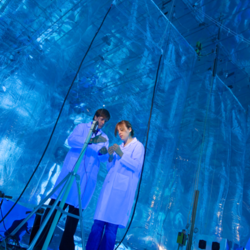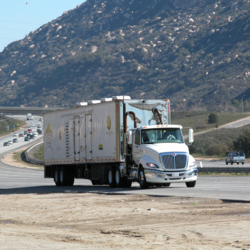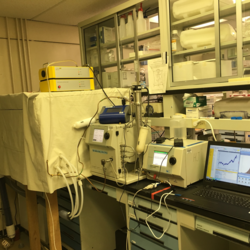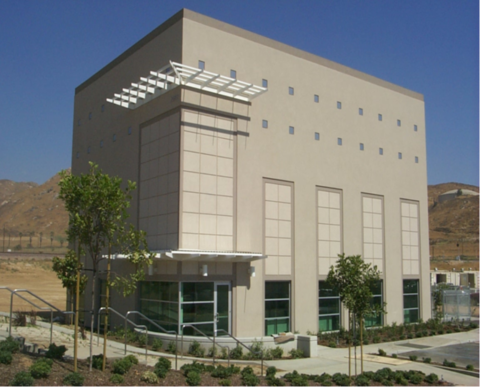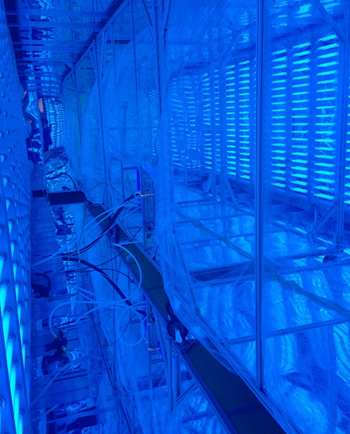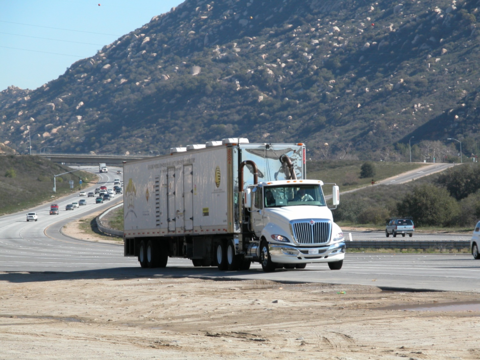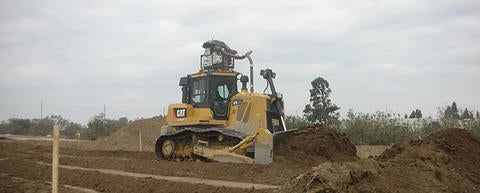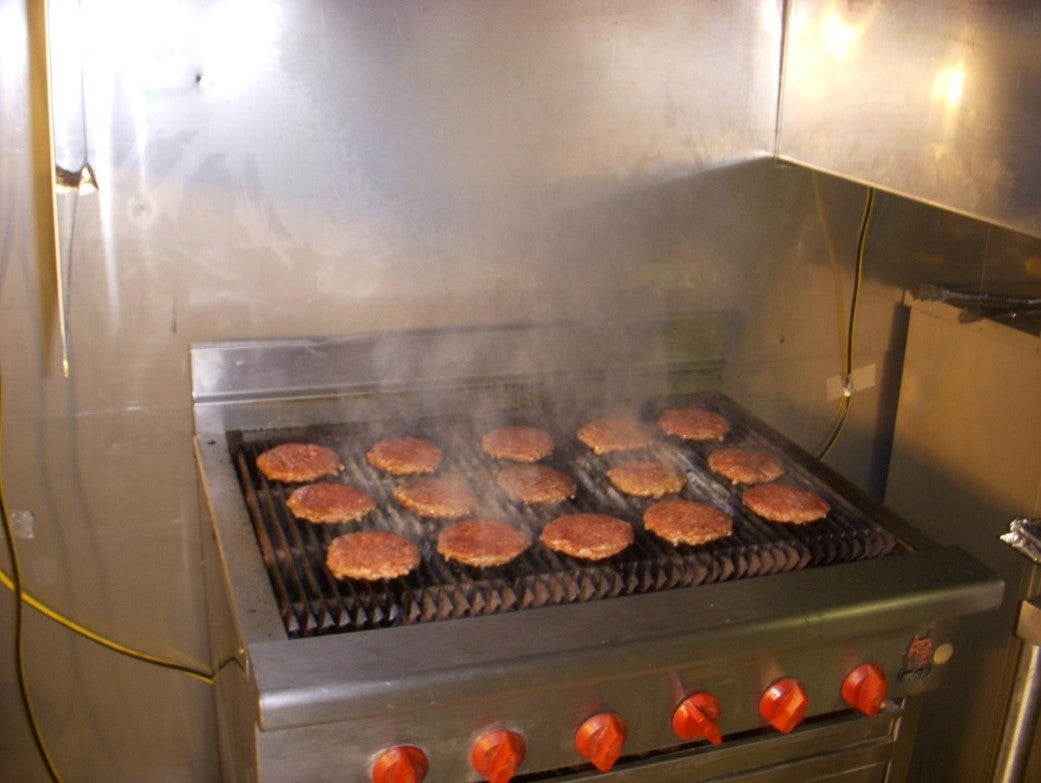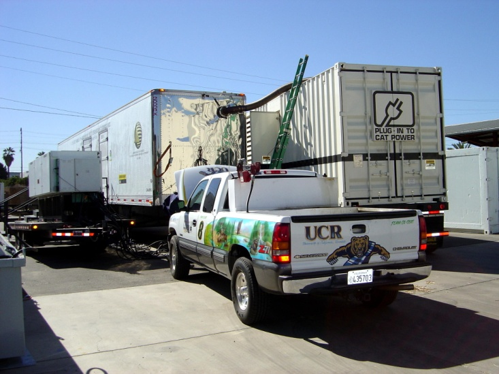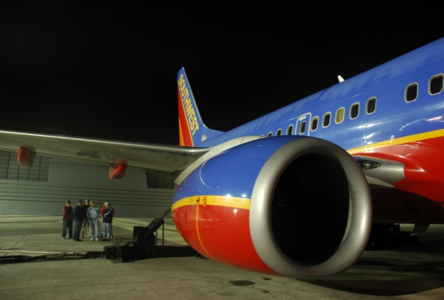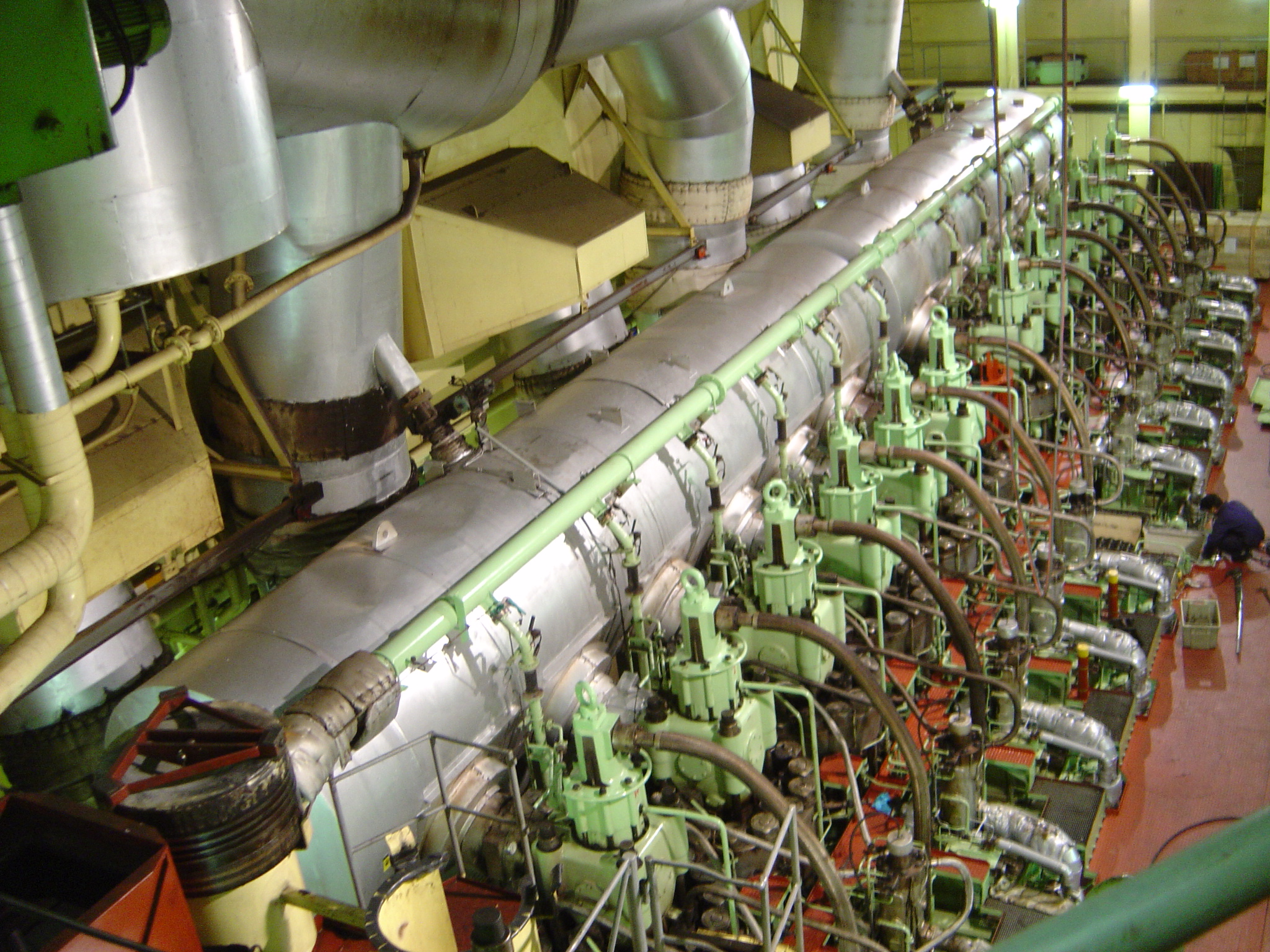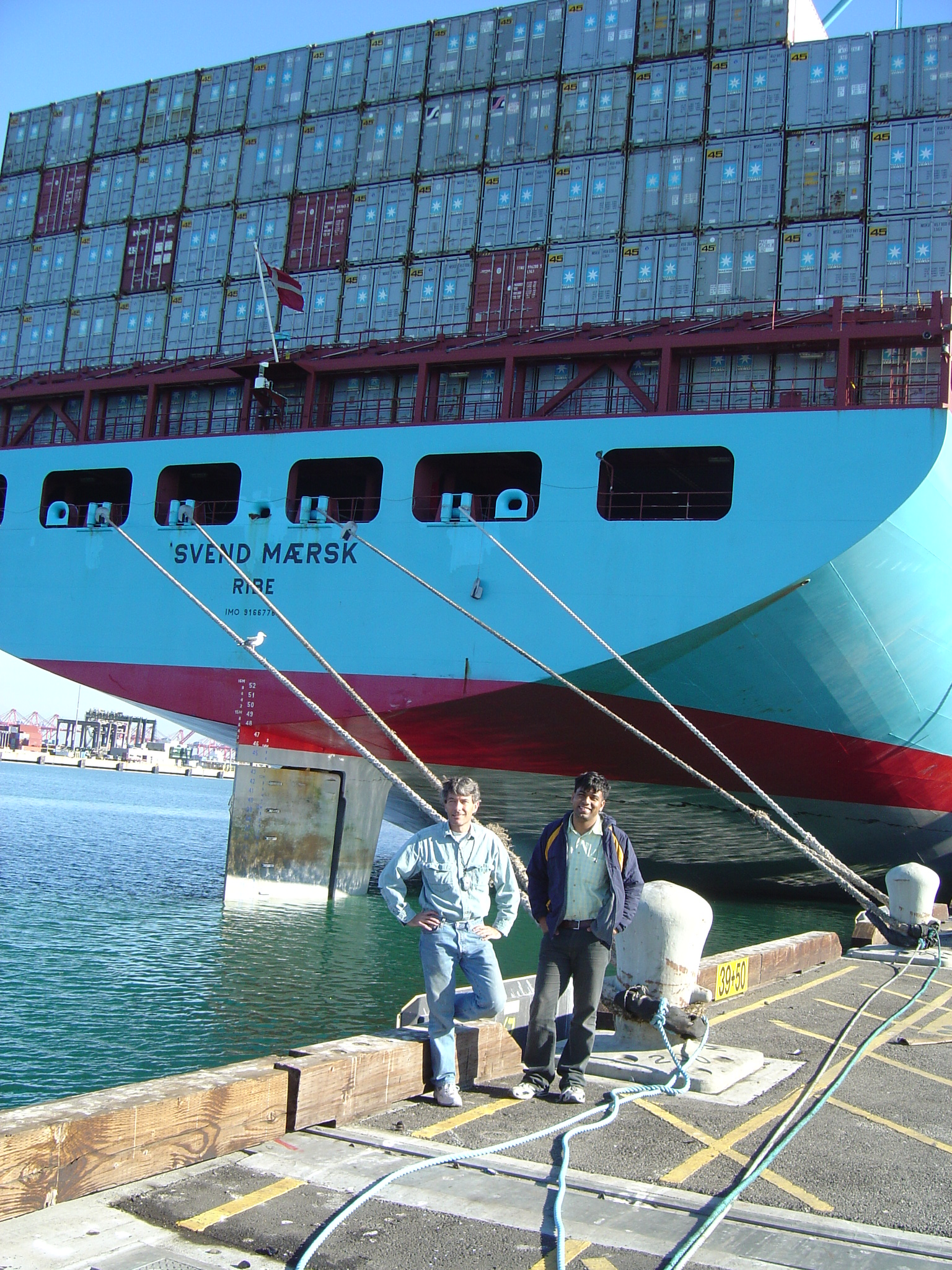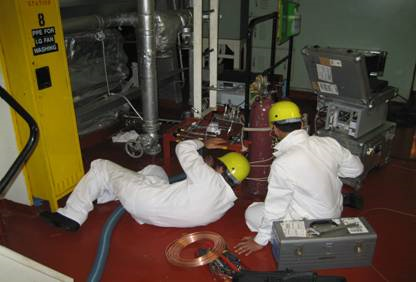Overview
Atmospheric Chemistry
Our research group hosts the world's largest indoor environmental chamber for the study of ozone and secondary organic aerosol formation. The temperature and humidity controlled dual 90 m3 chambers (left side) are illuminated with four fluorescent blacklight banks. The chamber (right side) facilities also include a 37.5 m3 indoor chamber (MEZ), a mobile 20 m3 Teflon chamber (MACh), and an oxidation flow reactor. All of these chambers are located in the Atmospheric Processes Laboratory building (left).
The combination of chambers allows us to simulate a variety of atmospheric conditions. The large dual chambers are used to simulate chemical processes under highly realistic conditions and has been used to study both anthropogenic VOCs (e.g., aromatics, consumer products), the mezzanine chamber is most often used to investigate complex mixtures (e.g., agricultural VOCs; cooking, engine and biomass burning emissions) while the MACh is designed to interface directly with our vehicle emissions research laboratory test facility and study whole vehicle emissions. The oxidation flow reactor is used for multiple day equivalent oxidation studies.
Generally speaking, the atmospheric chemistry thrust or our research group focuses on connecting gas-phase oxidation processes with secondary organic aerosol formation. We are additionally interested in evaluating the role of kinetic limitation on gas-particle processes. The ultimate goal of the research is to provide the experimental foundation necessary for development of air quality models with increasing accuracy..
Emissions and Fuels Research
Our group also chemically and physically characterizes in-use emissions from a wide variety of sources. Examples include but are not limited to in-use marine engines, trains, heavy-duty diesel vehicles, buses, yard-tractors, aircraft, harborcraft, turbines, buses, cooking, back-up generators, etc...We specialize in evaluating how changes in engine technology, fuel composition, and after-treatment devices impact emissions from these sources. Sources are tested using either the full capture mobile emissions laboratory (MEL, left), partial flow capture mini-MEL (left), or Portable Emissions Measurement Systems (right). Pictures of sources tested are included below:
Sample of Sources Tested
Health Effects
Our group also works closely with the UCR School of Medicine and BREATHE simulating and investigating the impacts of aerosols ranging from fine particulate matter to pollens and dusts. We collaborate with researchers investigating health impacts from these sources including, but not limited to, allergenic responses, asthma, cardiovascular impacts, neurogeneration, neurodegeneration, and digestive impacts.
